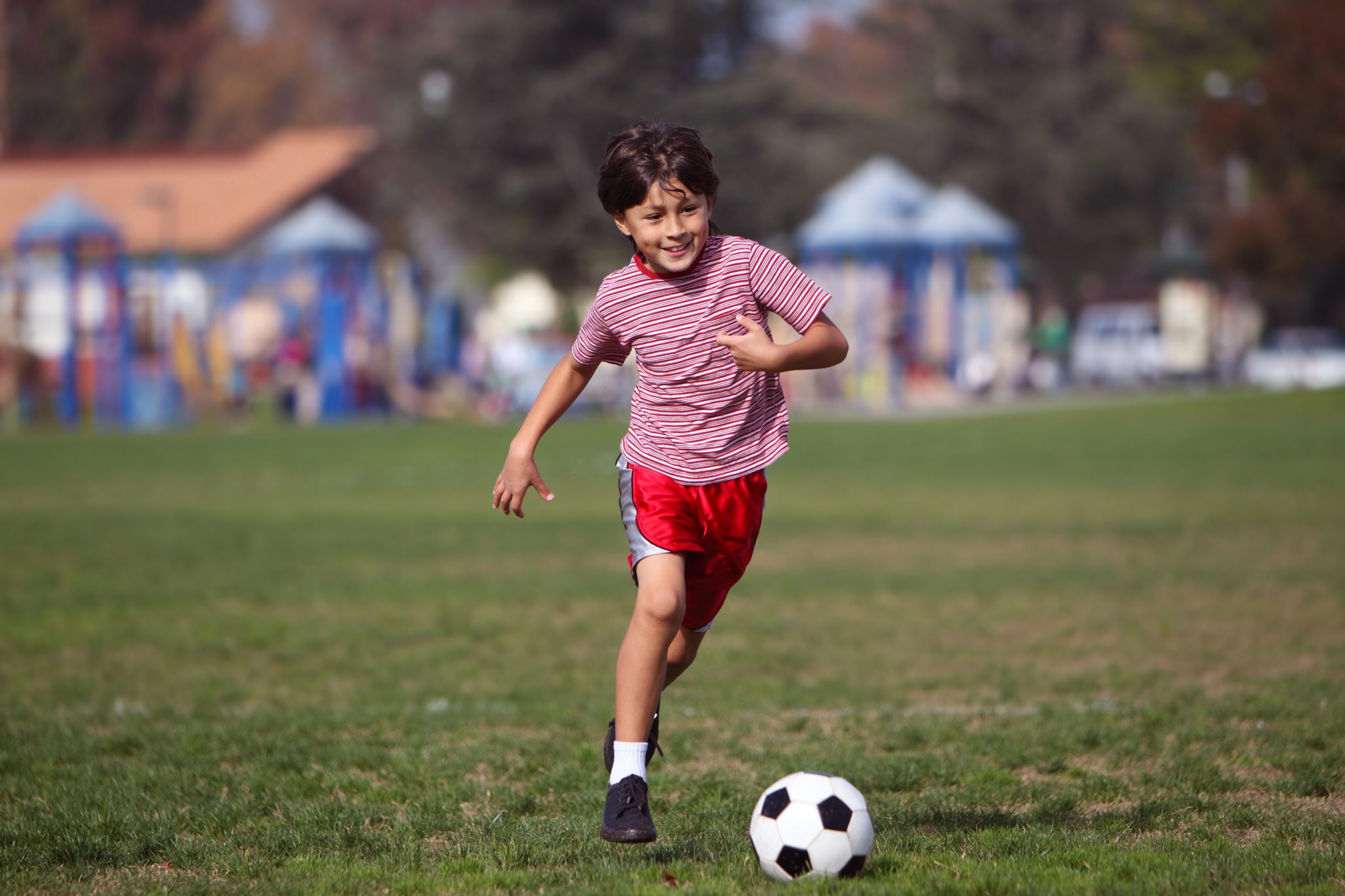Varuna Shunglu is an author, lawyer, health counselor and meditation teacher. She consults with Schools to create wellness curriculums and has worked with over 10,000+ kids in the last 8 years. Degrees : BA(Hons), LLB, Msc Yogic Science, Teacher trainer World Yoga Federation and Yoga Alliance International.
One in every five kids today is considered obese as per the Center for disease control and prevention(CDC) statistics in 2021. These numbers are alarming.
Even though parents today are getting more conscious, a few additions to a child’s lifestyle and daily kids activities can lay a strong foundation for health that helps code muscle memory for years to come.
Goal setting for optimum weight
Let us look at creating a safe space to maintain a healthy or optimum weight and battle obesity in children.
Let’s consider the next 9 points that could make your life even more difficult but oh so satisfying especially if you can incorporate these elements into your own life as well.
- Be a parent superhero i.e role model
Your child emulates what you do and say. They learn by watching and learning from verbal cues and body language. They can read between the lines and know when you’re refusing to give them chocolate but have your own bundle stashed away for emergencies. Children are intelligent beings with innocence and the best way to guide them is to do it by being their role models. This may mean giving up some of the things you love doing for a while, just up until they can understand what is best for their health. In this manner, you may be setting yourself up to win as well.
- Creating a safe environment at home
A safe environment is essential to challenge obesity as children are sensitive and if we shame them for being overweight or repeatedly mention there is an issue with their bodies, it may leave them confused & ashamed. These negative comments like ” fat”, ” obese”, or ” unhealthy” can leave them feeling fearful and may sow the seeds for body image issues or create obsessive-compulsive behaviours later in life.
Parents need to be mindful of their speech. Children need to be reassured that they are wonderful and their effort means the world to their parents. Compliment them on what they’re doing right and it will inspire them to do more. Create systems at home where they can fulfil all their needs in the healthiest possible manner. Emotional security along with material needs is paramount as emotionally insecure children may tend to look for comfort in food. Food education should happen in a subtle loving way which is not extreme.
- Regulate food intake
As parents, we can find healthier alternatives for foods which are dense in bad fats or are unhealthy foods such as candy, fried food, chips etc. Even if you would like to treat your child to an occasional bowl of French fries, make them at home. Healthy alternatives get them to learn about new flavours and textures while improving their relationship with food. This also helps improve their immunity and keeps them from getting colds and coughs. So, no diets for children, please!
- Portion control is key
Portion sizes are another aspect often overlooked. It is important to allow them different experiences while not being too rigid but also teach them the difference between something that is healthy and unhealthy. Choosing small portions over large ones is important. Trying food in moderation can have a positive impact on their psyche as well. Teach them to make their own choices so that they learn to make the right ones even if you’re not present.
- Non-negotiable outdoor time
60 mins have to be spent outdoors every day. This is the minimum amount of fresh air and fun time children should be getting. Between school work, tuition and video games, kids seem to have forgotten to step out. However, creating a routine where they can follow this rule can help them in greater focus, and better eye-sight and improved sleep.
Create simple rules for them to follow and structure outdoor play for them if you feel they’re still unenthusiastic. It might help them to have a company that they feel comfortable around.
Popular Topics

What is Vitamin D deficiency? Spotting early signs of Vitamin D deficiency
Reviewed By Divya Gandhi, Dietitian

Vitamin D deficiency in children and what does it lead to?
Reviewed By Apurva Surve, Sports Nutritionist

Why is Vitamin D an essential nutrient? Know how it plays a role in your child’s development
Reviewed By Varuna Shunglu, Health Counselor & Meditation Teacher

Understanding How Vitamin D Leads to Strength
Reviewed By Kejal Shah, Nutrition Expert
- Set limits on gadget use
Children thrive in a structure and setting expectations can help them make the most of their day. If they are allowed two hours on any gadget for play, for example, the latest play station or that game on their laptops, they may resist turning off their laptop when time ends but with a little incentive. With patient explanation and consistency, you can help them find a good deal of balance.
- Incentives to sweeten the deal
It’s all about digging deep and getting to know your child better. If they’re teens and would like concert tickets or a late night out with friends, it’s not about depriving them of these delights but in fact making them work for it. For example, If your kid wants a pizza party or is hinting at wanting the latest version of those “lit” running shoes, you can incentivise their efforts by giving them a carrot that makes it worth their while.
Small achievable goals for the little ones like putting their block back after play, or dancing to a new tune or monthly goals for the older ones like picking up a new sport, can give them a sense of purpose while keeping them active. It’s not about how perfectly they do it, it’s about how much effort they put into what they do. Indulging them in different kids’ activities is the key!
- Teach them meditation and breathwork
Balanced emotions = balance body weight.
As children approach their teens, hormones often play a huge role in weight fluctuations, voice changes, intense emotional upheavals etc and children respond differently to their surroundings.
Teaching children to meditate has actually been shown to make them calmer and more relaxed. Breathwork in kids releases happy hormones and decreases cravings for sugary foods. The synapses in the brain are strengthened, improving clarity, reasoning and so on. Parents often report that after a mindfulness practice, their kids often come to them and share what they’ve been taught. They say things like,” Mama, it isn’t good to eat sugar”, ” Dad, we should have more green and healthy food at home” or even being more mindful while eating or thanking food before it is consumed. An attitude of gratitude has us eating better and creating internal health, resulting in a balanced weight.
- Creative solutions and planning with your child
When do we allow children to fly free and when is it time to reign them in? It is challenging enough to keep them engaged when they’re active throughout the day, so what about sleep time?
Unless they’re tired, children are full of life and curiosity. No one wants to sleep when there are exciting things to do! Plan different kids’ activities before they sleep with you. Negotiations are what make it interesting!
Even something as simple as planning can be quality time with each other. Teaching them the value of reasoning and the importance of doing things in balance is a quality that is learnt. With the right intention and planning, consistency in reaching the desired weight and maintaining it can be easily done with a little organization.
When we stop pressuring children to rise to our unrealistic expectations and really listen to what they want to tell us, we can help support their growth into well-rounded individuals and not narrow our focus only on their appearance or looks but on their becoming smart, compassionate, fit, intelligent, confident and aware people.
Resources
The views expressed are that of the expert alone.




